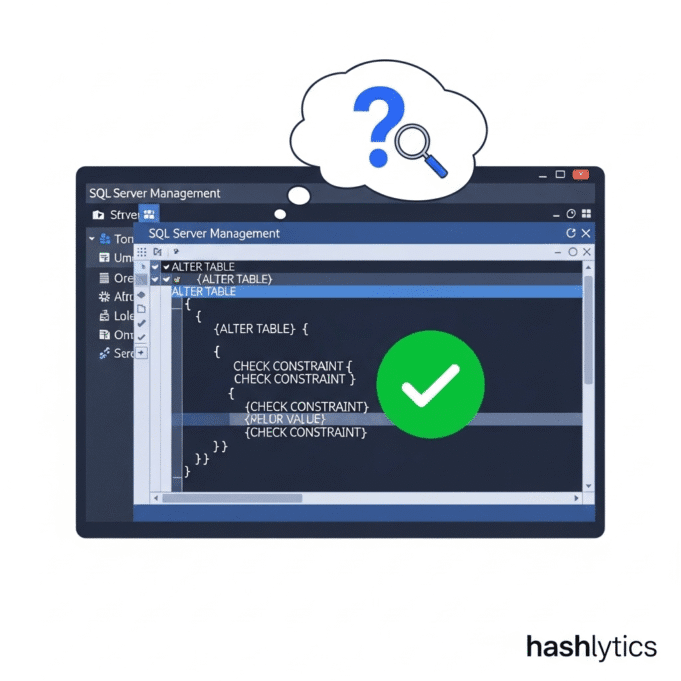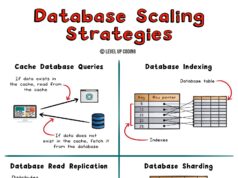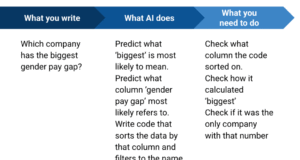Check constraints enforce data validation rules in SQL Server, ensuring only valid data enters database columns. These constraints maintain data integrity by defining acceptable value ranges and conditions, preventing invalid entries at the database level.
Understanding Check Constraints
Check constraints define rules that restrict values accepted by one or more columns in a database table. According to Microsoft’s documentation, these constraints are essential for maintaining data validity and consistency. They function as validation rules that prevent inappropriate data from entering the database, ensuring data quality throughout the application lifecycle.
| Constraint Type | Example Use Case |
|---|---|
| Range Validation | Age between 0 and 120 |
| Pattern Matching | Email format validation |
| Value Restrictions | Positive numbers only |
| Business Rules | Salary within organization range |
Implementation Syntax
Adding check constraints uses the ALTER TABLE statement with the ADD CONSTRAINT clause. Here’s a practical example:
ALTER TABLE Employees
ADD CONSTRAINT CK_EmployeeAge CHECK (Age >= 18 AND Age <= 65);This SQL statement creates a constraint named `CK_EmployeeAge` on the `Employees` table, ensuring the `Age` column accepts only values between 18 and 65. For comprehensive syntax details, reference the SQL Tutorial check constraints guide.
Syntax Components
- ALTER TABLE: Modifies existing table structure
- ADD CONSTRAINT: Adds new constraint definition
- Constraint Name: Unique identifier (e.g., CK_EmployeeAge)
- CHECK Expression: Boolean condition determining valid values
Common Use Cases
Age Validation
ALTER TABLE Users
ADD CONSTRAINT CK_UserAge CHECK (Age >= 0 AND Age <= 120);Salary Range Enforcement
ALTER TABLE Employees
ADD CONSTRAINT CK_SalaryRange CHECK (Salary >= 30000 AND Salary <= 200000);Status Code Validation
ALTER TABLE Orders
ADD CONSTRAINT CK_OrderStatus CHECK (Status IN ('Pending', 'Shipped', 'Delivered'));Performance Considerations
While check constraints ensure data integrity, they introduce validation overhead during INSERT and UPDATE operations. For high-transaction environments, complex constraint expressions may impact performance. The Stack Overflow discussion on check constraint performance provides detailed analysis of optimization strategies.
Best Practices
- Use descriptive constraint names following a consistent naming convention
- Keep constraint expressions simple for optimal performance
- Test constraints with edge cases before production deployment
- Document business rules enforced by each constraint
- Consider application-level validation for complex rules
Benefits of Check Constraints
Implementing check constraints provides multiple advantages:
- Data Quality: Prevents invalid data at the database level
- Consistency: Ensures uniform data across all applications accessing the database
- Error Prevention: Catches validation issues before they propagate
- Documentation: Constraint definitions serve as inline business rule documentation
- Performance: Database-level validation is typically faster than application-level checks
Check constraints are fundamental database features that safeguard data integrity. By implementing appropriate constraints, developers create robust databases that enforce business rules consistently across all data access methods.





